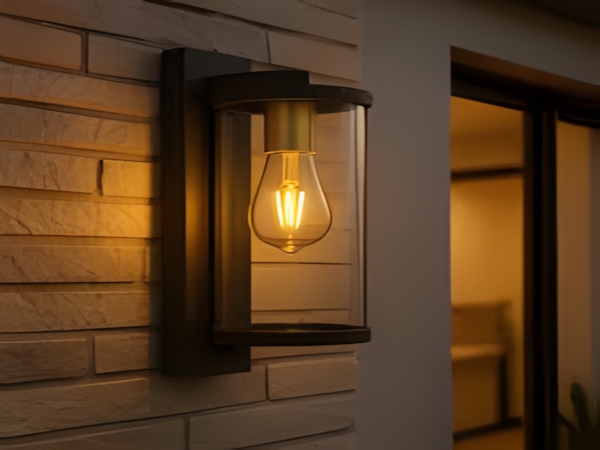

Solar LED street lamps are quite common in rural areas, standing side by side along country roads and highways. They have thoroughly resolved the substantial electricity costs in these areas, as some villages previously had no street lighting at all. Now they have installed solar LED street lamps, which have brought convenience to farmers’ nighttime travels. This is why solar street lamps are so popular. However, when designing the installation of solar LED street lamps, we also need to select components such as the lamp poles, foundations, and controllers.
To choose the appropriate solar street lamps for a specific area, it is essential to summarize the requirements. This ensures that among the many types of street lamps available, we find suitable solar street lamps for the installation area. Solar street lamps can absorb solar radiation and convert it into electrical energy for use. Therefore, when designing the street lamps, we need to observe factors such as the types of solar batteries available today, particularly monocrystalline and polycrystalline batteries, each with its own characteristics in terms of price and stability. By identifying our needs for solar batteries, we can select the practical lighting fixtures we require.

Beyond simply selecting varieties, we also need to consider the usage standards when designing solar street lamps. For instance, the wind resistance standards could affect the normal operation of the street lamps. As an outdoor facility, if street lamps are to last for decades without damage, they must possess strong pressure resistance. Increasingly, more lamp poles are overcoming this challenge. Nevertheless, we still need to take this factor into account during the design process. By properly distinguishing usage areas and selecting directions, we can choose the appropriate solar street lamps for installation.



